
SHREE KSHATRIYA ASSOCIATION OF UK
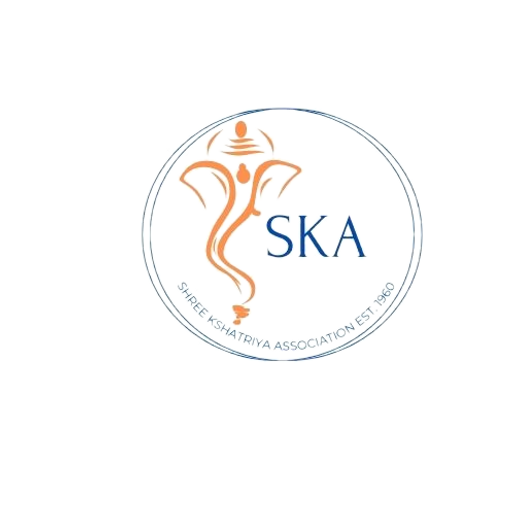
Established 1960

 Navratri 2025Time is TBDLocation is TBD
Navratri 2025Time is TBDLocation is TBD
 SKA Social EveningTime is TBDSKA Hall
SKA Social EveningTime is TBDSKA Hall
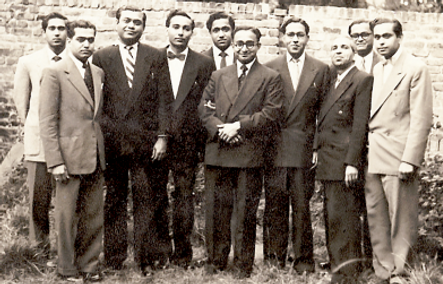

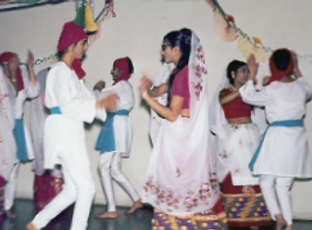

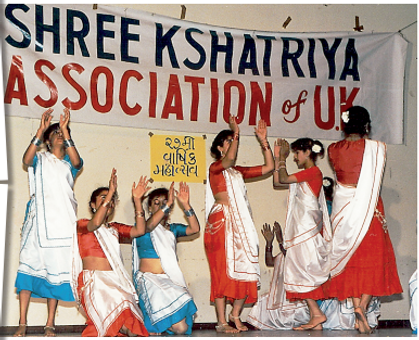

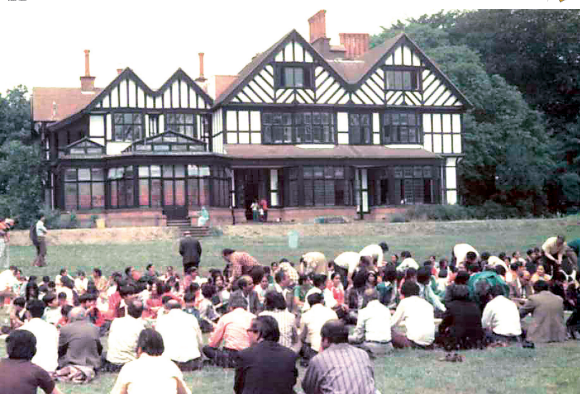
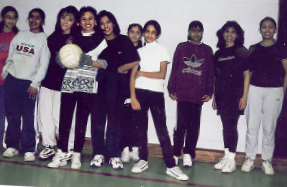
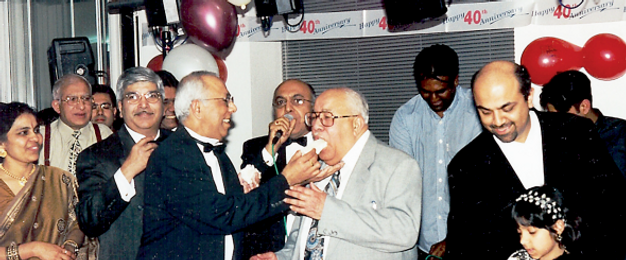
History of the SKA
During the Second World War, many families were trapped in India and abroad particularly those that had travelled to Africa and Fiji. Once this dramatic period in world history passed, the Khatri population were back on the move and families were reunited and the normal exchange of young men coming to India from Africa and Fiji to marry recommenced.
At the same time, the route to England became available and many people travelled to England to study and all these people went back. Examples of such people would be Dr Dayanad Hargovind Rathod and Dr Champak Brijbhukhan Rathod. We also had tourists amongst the more regular visitors to London, Mr Narrotam Mohanlal Chauhan of Parle G biscuits fame, the world’s largest selling biscuit, was a regular London visitor as back as the 50’s. In fact, he even made a good donation to the SKA in the early days.
The first recorded Khatri to come to London with the sole aim of settlement was Harjivan Bharuchi and this was in November 1952. He was soon followed by Jamnadasbhai Nathubhai, Venilal Chaudhary, Jamnadasbhai Bhagwandas Khatri (Pokkawala) and Thakorlal Parshotam Pokkawala. In those early days it was men only migration as it was hard enough to raise the fare to come to the UK by ship and, in some cases by plane, but it would be virtually impossible to raise enough money to bring the entire family.
On arrival in London, these young men sought communal accommodation to keep costs down. These men, like those that followed them, had to adjust to a new lifestyle with very limited language skills and learn all the tricks of living in England. Imagine coming from a warm Indian climate to a cold, dark, dull London with high levels of smog
and with only the heat and smell of a paraffin heater to keep you warm. No doubt a lot of them would have gone back, had it not been for the strength of the Pound, (£1 = Rs13) this was sufficient for most of them to
stay. We are essentially looking at economic migration to the UK.
This was a chance to build a better and financially more secure life for themselves and their families.
By 1954, there appears to have been at least two dozen Khatri men
living in the UK. Fortunately most of them had found accommodation
with several Indian families who had come much earlier and settled in the
UK, predominately in the Hampstead Heath area. The most famous was Mr Banarasi’s. He owned large properties on South End Road and Rosslyn Hill and was happy to make these available to newly arrived Indians at a fair rent and they provided a lodging service. This was an initial port of call, then these young men moved into their own shared accommodation. They also generated their own network and this assisted with jobs, which was the key, as this would result in generating funds which they could send back. Even on earnings of £4 per week, you could save and send
money back.
The first woman didn’t arrive in London until June 1958. Mrs Dhangauriben Manilal Khatri and her 7 year old daughter arrived at Tilbury dock after a 21 day journey on board P & O Streatheden via Aden, Suez Canal, Portseud and Gibraltar. In due course this became the norm. The husband would come, earn and save money, send for his wife and children. By early 1960 the population had reached around eight
families, about 55-60, people this was sufficient nucleus to lead to the formation of the Mandal on 15 May 1960 and the first Mahotsav was organised soon after under the presidentship of Ambaram
Bhulabhai Khatri.
The Community was now flourishing and was busily engaged in
economic and social activities, but no doubt life was still hard and those
Community Members who were here for the Great Winter Storms of
1962/1963 and will no doubt recount the tales of hardship. London had
significant snowfall, which commenced on Boxing Day and, as usual,
everything came to a standstill. There were further snowstorms and
temperatures dipped as low as -16. In addition, there was freezing fog.
By this time the Community was predominately living in the Kentish
Town, Hampstead Heath and Belsize Park areas and there continued to
be a strong sense of Community cooperation to help each other.
The Mandal also continued to Flourish in this period and various
trips were organised. Particular favourites were seaside excursions.
This may not seem like a big issue now, but when you don’t have a car
and your only means of transport were bus and train, arranging a
day trip to the seaside was not an easy task. Therefore, the Mandal saw the opportunity and organised trips to the coast, such as Hastings, Margate
By the early 1970s, there appeared to be some level of consolidation within Mandal procedures. A Committee of 4/5 people would regularly run events and AGMs were well attended and lively debates were had.
St Peter’s Church Hall was an intrical part of Khatri life for many years.
Despite the Hall having inadequate washroom facilities, it was used for
numerous Community events for over three decades and the main
reason for this was familiarity. People knew where the Hall was and it was close to the original base of the Community. However, even when the Community moved as far Wembley, St Peter’s Church Hall was still used and noone had to check on the SatNav where it was.
During this time, the young members of our Community also began to achieve academic success and the first academic success
to be recognised by our Community was at the 13th Mahotsav held on 10 December 1972. Suryakant Natvarlal Poonawala
completed his A levels in 1966 and embarked on a BSc. Honours Degree
in Applied Physics and graduated in 1970. He then went on to work
at the Atomic Energy Research Establishment at Harwell and simultaneously undertook an MSc in Nuclear Physics between 1970 and
1972 at Birkbeck College, University of London. His academic
achievements were recognised, alongside those of
Miss Urmilaben Manilal Poonawalla, who also achieved high academic
standards in 1972.
The Mandal had made progress with Charitable Registration and a new
revised Constitution was sent to the Charity Commissioners. The name
was changed from Mitra to Association and we became known as Shree
Kshatriya Association of UK. We obtained charitable registration on
26 August 1986 with a Constitution that was formally adopted at an Annual General Meeting that was held on 21September 1985.
No doubt the above history of our Community in London and that of
the Mandal omits numerous key events. However its aim is to give an overall picture of the Community’s progress in the last fifty years. The
Mandal events could not have been possible without the dedication of
the Committee Members and the help they receive from the Community at large. It is a testament to the strength and resolve of the Khatri Community in London that we are celebrating our 60th Mahotsav. We
should take this moment to reflect, with pride, on our Community’s
achievements and those of the Mandal over the last sixty years, and we
hope and pray the Community and Mandal continue to go from strength
to strength.

